Coffee producing areas | six major coffee producing areas in Honduras? Main varieties and taste characteristics of Honduras
Maybe you are not very familiar with Honduran coffee, but if you say Shirley coffee, you may be very familiar with it. The coffee in Honduras is not as famous as Ethiopia, and there are many items of coffee, but its coffee flavor is unique and people like it very much.
What is special about coffee in Honduras lies in its treatment-the barrel method. When you first taste this coffee, you will feel the taste of wine, which is all too familiar to friends who like to drink. The smell of whisky and brandy, with a hint of fruit and cream, tastes very sweet and sweet. Wine taste in the mouth, simple do not taste too good.
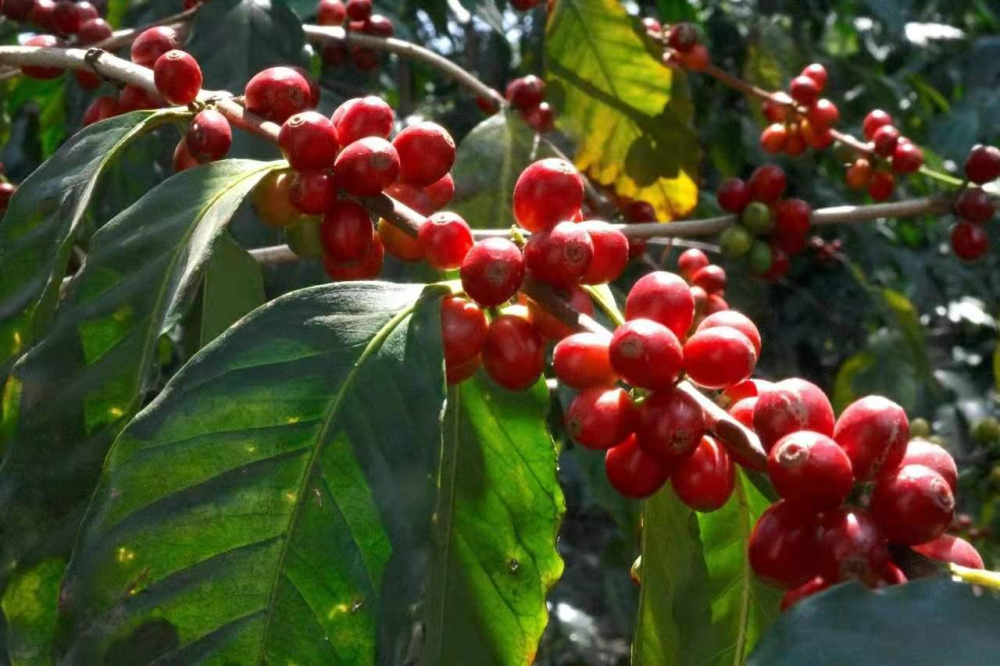
The geographical conditions of Honduras are not inferior to those of its neighboring coffee-producing countries such as Guatemala and Nicaragua, but Honduras was not well-known in the consumer market because of its lack of strong support in the handling and transportation of raw beans. However, in recent years, the state of Honduras has begun to change dramatically, and the emphasis on the coffee industry has slowly opened up the international popularity of Honduran coffee.
Honduras is the country with the most prominent mountain topography in Central America, and more than 3/4 of the territory of Honduras are mountains and plateaus. Honduras is located in the north of Central America, facing the Caribbean Sea to the north, the Gulf of Fonseca in the Pacific Ocean to the south, Nicaragua and El Salvador to the east and south, and Guatemala to the west, mostly mountains and plateaus. It covers an area of 112492 square kilometers and the coastline is about 1033 kilometers long. The whole territory, except the coastal plain, is mountainous, with the highest elevation of 3000 meters in the northwest and more than 2400 meters in the south. Honduras is located in the coffee growing belt, with an average annual temperature of 23 ℃, abundant rainfall and annual precipitation of between 1300 mm and 2300 mm.
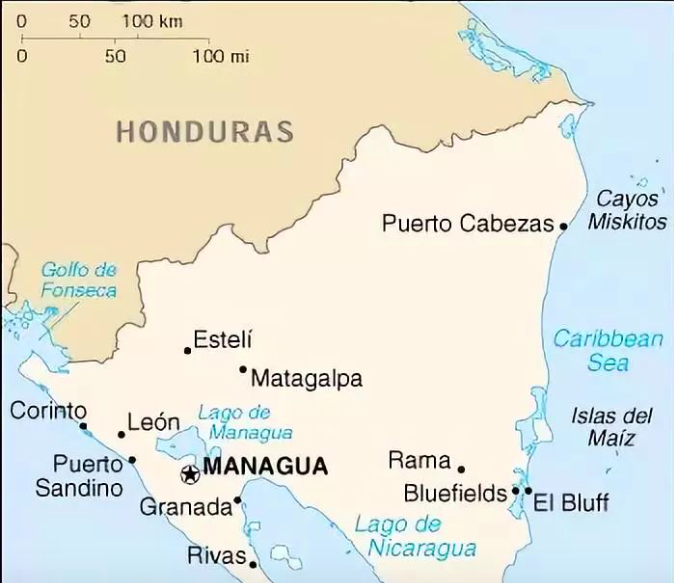
The main rivers in the territory are the Koko River, the Patuca River and the Wulu River. Rivers from inland mountains crisscross and flow into the two oceans. Many basins and river valleys are formed between the various mountain ranges. The larger basins are the Siria and Rapagu Alai basins, and the main river valleys are the Komayagua and Hamastland River valleys. Coastal islands are dotted with the main islands being the Baya Islands and the Tigris Islands in the Gulf of Fonseca. The terrain of Honduras is complex and the climate is diversified. Located in the coastal plain of Central America, it has a tropical rain forest climate, with an average annual temperature of 31 ℃. The mountain belongs to subtropical forest climate, the annual average temperature is 23 ℃, the rainy season is from June to November, the temperature is mild and the rainfall is abundant, so it is an ideal place for coffee growth.
Honduras produces two kinds of coffee of very good quality, which are highly respected by coffee lovers. One is the "Highland Coffee", which is grown at an altitude of 1000 Mueller 1500 Michael, and the other is the "selected Highland Coffee", which represents the highest level of Honduran coffee, which is grown at an altitude of 1500 Murray 200 meters. Most of the Honduran coffee is exported to the United States and Germany.
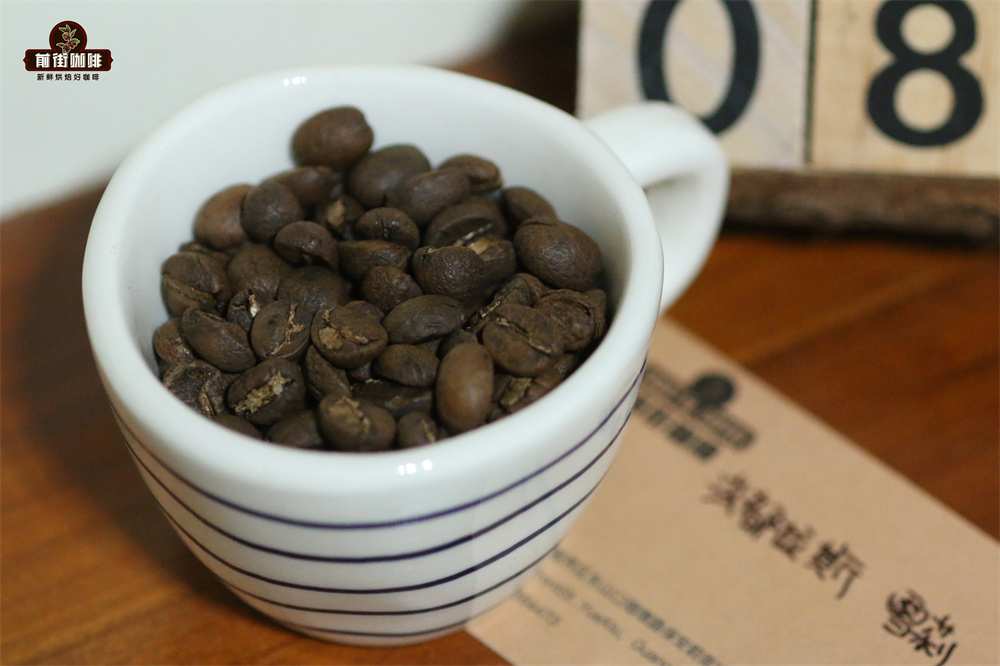
There are 280000 hectares of coffee plantations in Honduras, mainly small coffee plantations, most of which are less than 3.5ha. These coffee plantations account for 60% of all coffee production in Honduras. In the coffee garden, because the planting area belongs to the mountain area, people pick coffee beans by hand, and then process them carefully in order to produce better quality coffee beans. Honduras collects 3 million bags of coffee every year and provides you with multi-quality coffee. It has become one of the top ten coffee exporters in the world.
Distribution of production areas in Honduras:
Honduras coffee can be divided into six major producing areas, mainly located in the western and southern regions of Copan, Opalaca, Montecillos, Comayagua, Agalta Tropical and El Paraiso. The average height of high-quality products is more than 1100 meters above sea level. 69% of the coffee grown in these areas is HG, and 12% is SHG,19% and CS.

Section District (Copan):
Located between Copan, Ocotepeque and Lempira regions, showing a strong chocolate flavor, characterized by the sweetness of honey and caramel, the fruit flavor is relatively light, planted at 1000-1500 meters above sea level, and the season is from November to March.
Obalaca District (Opalaca):
Located between Santa B á rbara, Intibuca and Lempira regions, with very delicate acidity, overall balance, taste of tropical fruits such as grapes, mulberries, etc., the finish is sour and sweet, showing a strong lemon flavor, neutralized with honey and caramel sweetness, with obvious fruit flavor, 1100-1400 meters above sea level, the production season is from November to March.
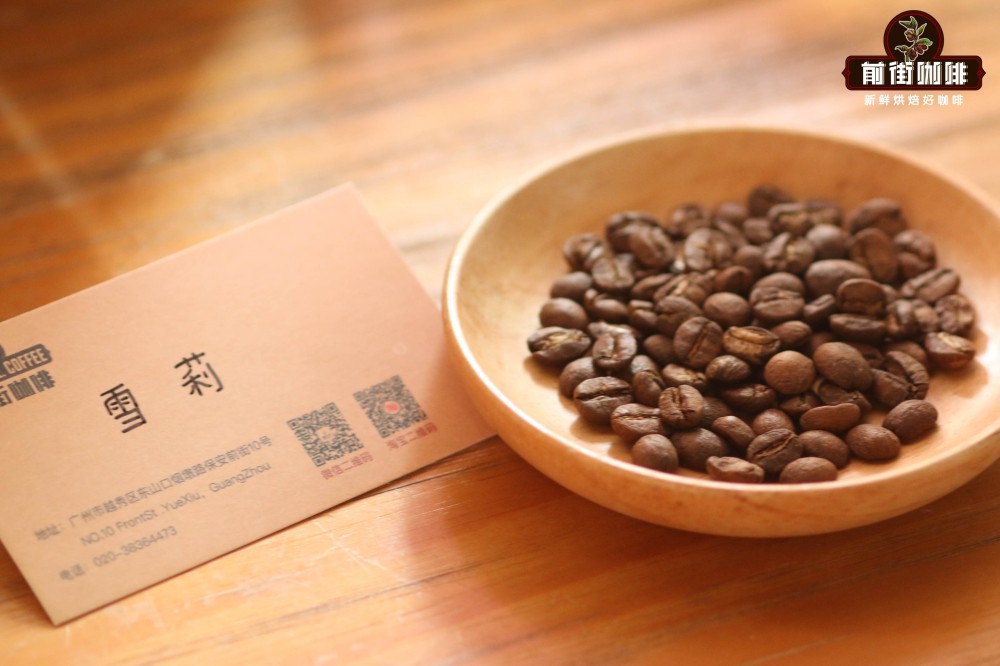
Mondesius (Montecillos):
Located between the La Paz, Comayagua, Santa B á rbara and Intibuca regions, it is full of fruity and sweet aromas with lemon and floral flavors. Lemon and fruit aromas are important features, especially peaches and oranges, with lively and bright acidity, velvety texture and a lingering finish. 1200-1600 meters above sea level, the production season is from December to April.
Gongma Agua (Comayagua):
Located between Comayagua and Francisco Moraz á n area, mainly lemon flavor, obviously sweet fruit aroma, taste more creamy mellow, but also with citrus sweetness, and exudes sweetness and chocolate flavor, 1000-1500 meters above sea level, production season from December to March.
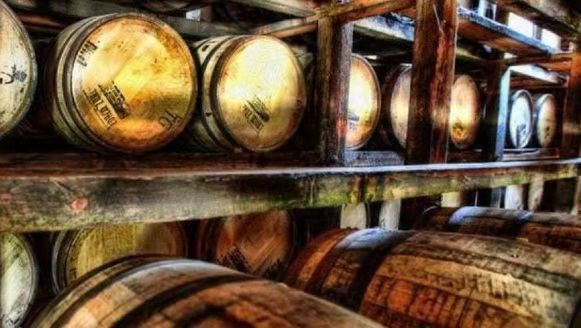
Akata (Agalta Tropical):
This region, which straddles parts of the provinces of Olancho, El Paraiso and Francisco Moraz á n, is mainly the eastern province and is the most scattered region. It consists of 14 protected areas to increase their plant diversity to balance the ecosystem, and is of high ecotourism value. The aroma and aroma of honey, it has a strong citrus flavor and subtle and obvious acidity, and a pleasant finish. 1200-1500 m above sea level
Paraso (El Paraiso):
1100-1400 meters above sea level, with gentle fruit acidity, caramel aroma and balanced taste.
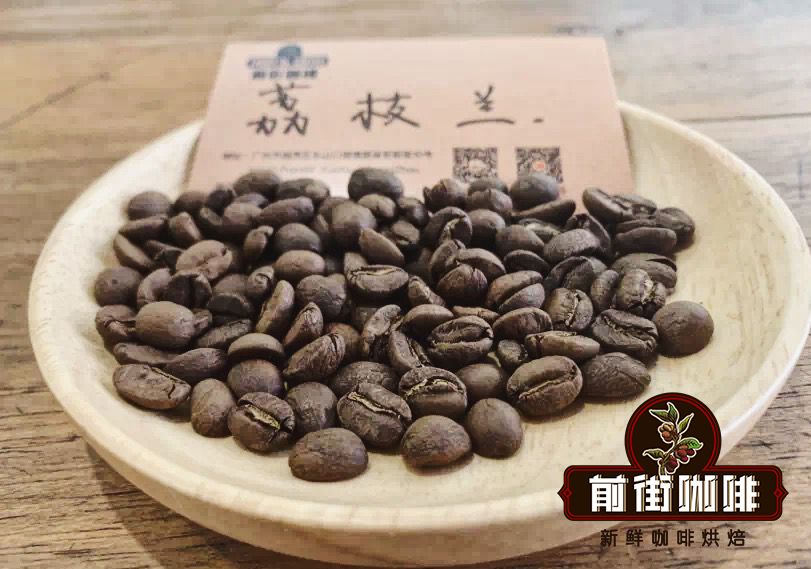
There are other small producing areas:
* Santa Barbara Santa Barbara
* Alcott Peck Ocotepeque
* Lompilla Lempira
* Buzz La Paz
In the western producing areas, not long after the establishment of the "Western Honduras Coffee" Association, referred to as HWC, her development is worthy of attention. The coffee produced and labeled by HWC is the first geographical indication protected by the Macro government (PGI), and it is also registered as the property right and brand of Honduras (MC).
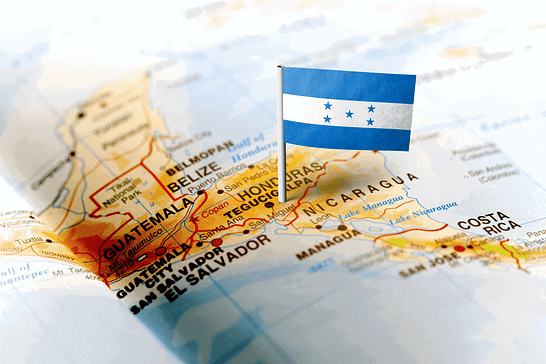
Shirley Coffee and Litchi Orchid Coffee are from Moca Manor, a small estate in Intibuc á, Honduras. Masaguara is a municipality in the province of Intibuc á in Honduras, located in the south of the Jes ú sdeOtoro valley, surrounded by mountains and hills, mainly dedicated to coffee cultivation, is the main engine of the local economy, and the area corresponding to the valley is dedicated to growing basic grains and livestock. The name of the area comes from: according to Mr. AlbertoMembre o's "indigenous place name", Masaguara means "place with deer". The average elevation in this area is 853 meters, and it is more than 1500 meters at high elevations. The Moca Manor is located in the highest altitude of Masaguara, so the quality of the coffee fruit produced here will not be too poor.
Honduran coffee bean varieties most of the coffee varieties grown in Honduras are Arabica, mainly Kaddura and Kaduai, which are common in Central America. Kaddura is a natural variety of bourbon, and Kaduai is a hybrid of Kaddura and the New World. These two varieties are very suitable for growing in Central America and have good acidity and flavor.
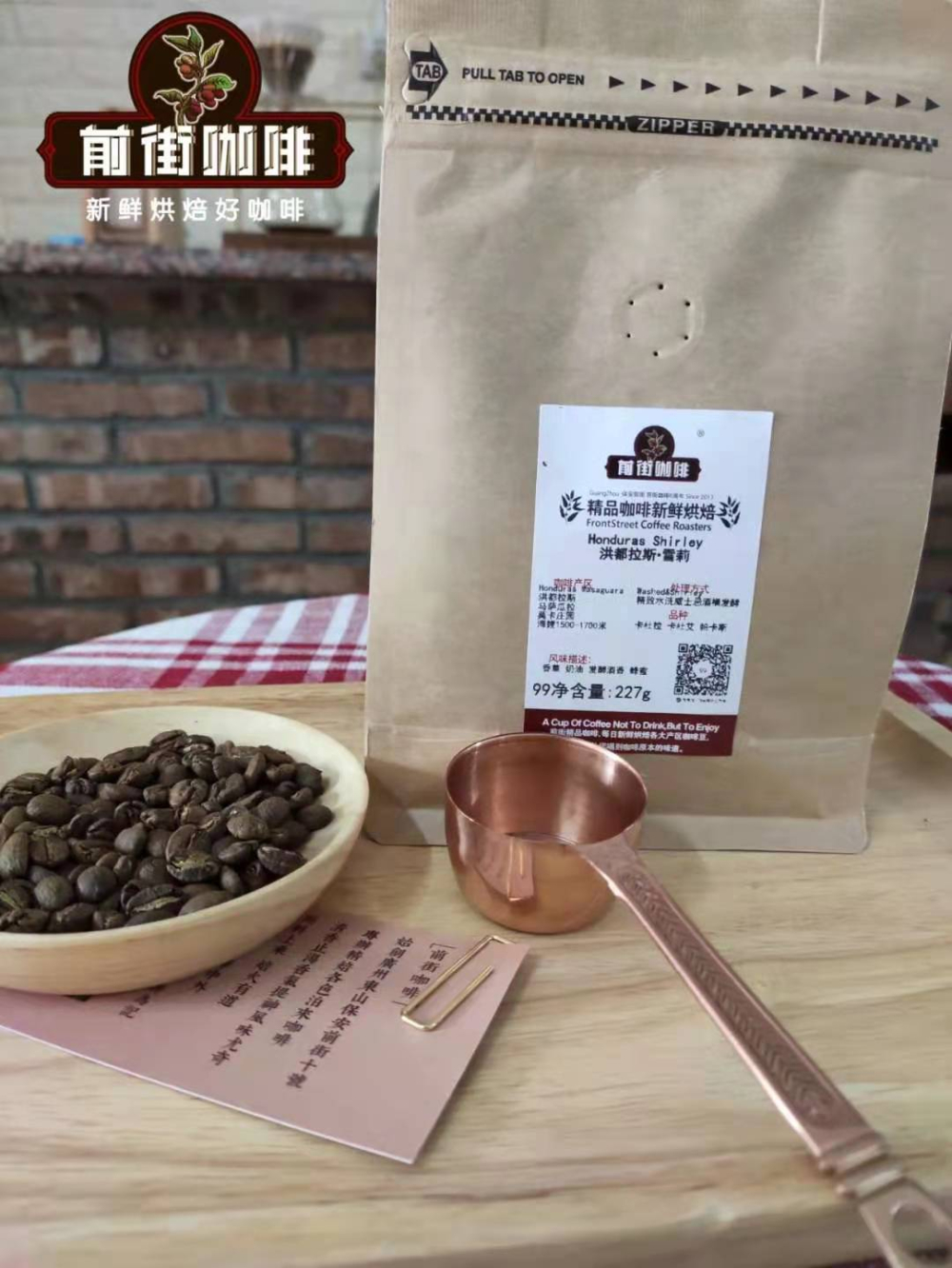
Pacas is also one of the main varieties grown in Honduras and is a natural variety of bourbon found in El Salvador. Like Kaddura, Pacas has a better plant shape and a higher yield than bourbon.
Caturra Kaddura: native to Brazil, is a variety of bourbon. Kaddura is a short and dense coffee species, which is more convenient to harvest and take care of. The branch and the trunk also show a 45-degree angle. The leaves are round and shiny! The shape of the fruit is similar to that of bourbon, but the yield per plant is higher, the harvest time is later, and the trunk is more resistant to the wind!
Catuaikaduai seed: it also comes from Brazil. It's a hybrid of Mundo Novo and Caturra.
Maracatu Malakadura: a hybrid of Maragogype and Caturra, with a larger bean shape.
Wine barrel treatment of Honduran coffee beans
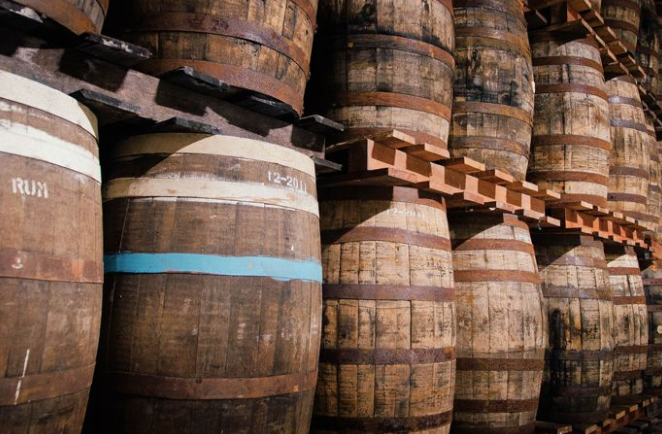
The two Honduran coffee beans on the front street are from Mocha Manor, both are beans treated by barrel fermentation, but the barrel fermentation is different. Shirley coffee is whisky barrel fermentation, and litchi orchid coffee is brandy barrel fermentation. Barrel fermentation method: Mocha Manor made the ripe coffee fruit on the same day after harvesting the ripe coffee fruit. The coffee fruit was washed after the peel and pulp were removed. Then put the raw coffee beans with sheep skin into sherry buckets and ferment at a low temperature for 30 to 40 days. finally, the raw coffee beans with parchment are taken out and spread in a cool place to dry. The final drying step must not be exposed to the sun, because the heat caused by the direct sunlight can volatilize the wine flavor absorbed from the coffee raw beans and cause bad fermentation sour taste.
Parameters for brewing Honduran coffee on the front street:
In order to highlight the wine and fruit aromas of Honduran coffee, it is roasted moderately and lightly on the front street. V60 filter cup can be used when brewing, powder-water ratio at 1:15, medium grinding (about the size of coarse sugar / 80% screening rate of China 20 standard sieve), water temperature of 91 degrees.
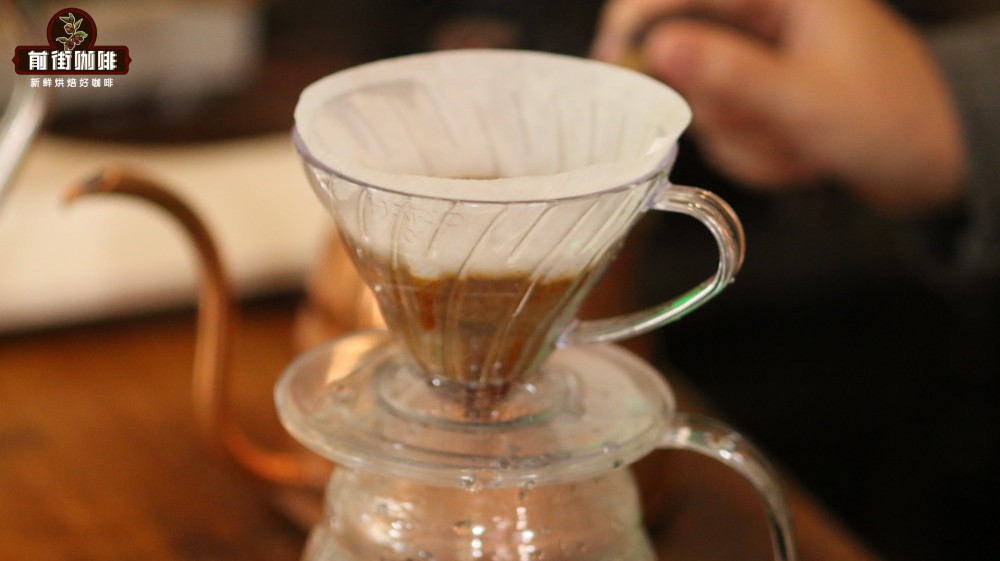
The use of segmented extraction, with twice the amount of coffee powder water for steaming, that is, 30 grams of water for 30 seconds, and the reason for the need for steaming process is to make coffee powder can discharge the internal carbon dioxide gas, so that the latter stage of the extraction is better stable. When the small water is injected around the circle to 125 grams, the injection will be stopped until 225 grams, then the filter cup will be removed after the dripping of the filter cup, and the extraction time will be 2 minutes 39 grams. Next, pick up and shake the whole cup of coffee, then pour it into the cup and taste it.
[Qianjie Shirley Coffee flavor] it smells of vanilla and cream, with whisky, berries, almonds and dark chocolate in the mouth, and maple syrup in the finish. [flavor characteristics of Qianjie Litchi Orchid Coffee] Cream, dark chocolate, honey, litchi and brandy are mellow and sweet in taste, and the taste of sipping wine is obvious with the change of temperature.
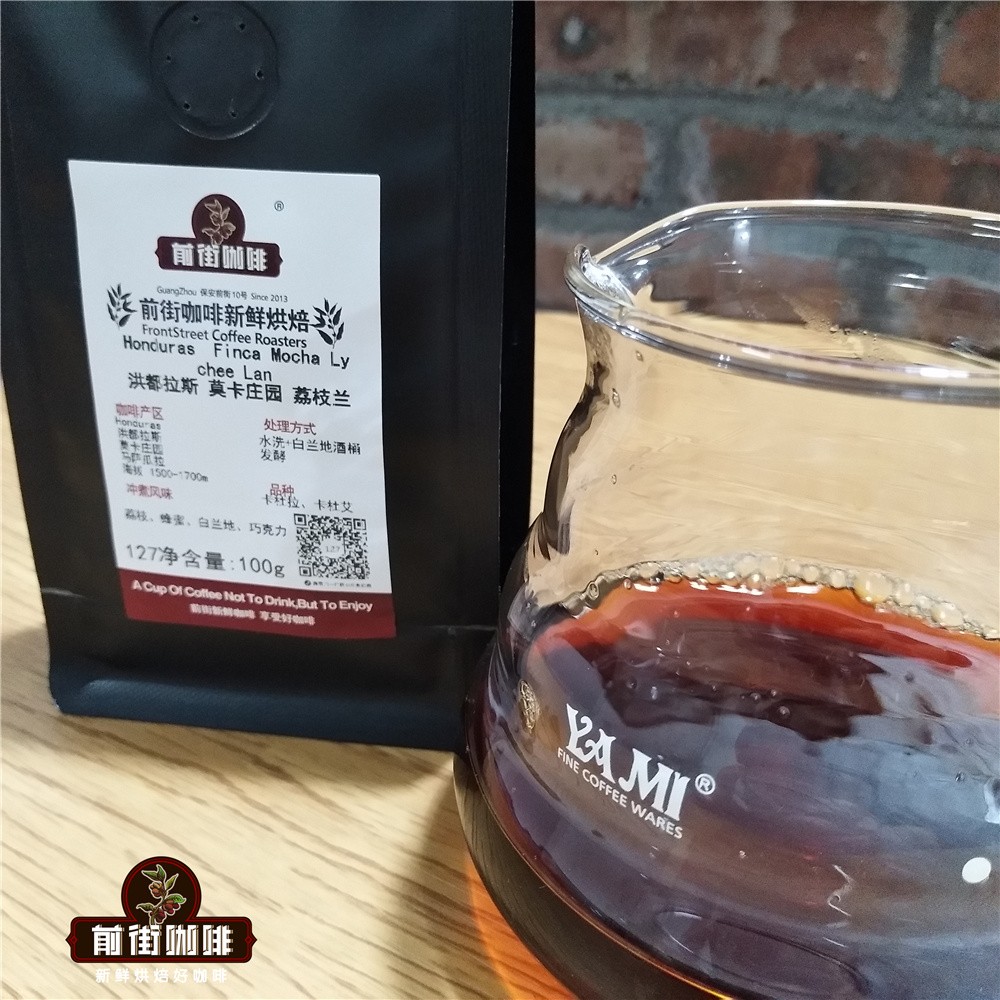
Suggestions for making coffee in front of the street:
For the brewing of coffee, Qianjie has always believed that the freshness of coffee beans has a great relationship with the flavor of coffee, so the coffee beans shipped in Qianjie coffee are roasted within 5 days. The purpose of Qianjie roasting is "freshly roasted coffee", so that every guest who places an order is the freshest coffee when he receives it. The bean cultivation period of coffee is about 4-7 days, so when the guest gets it, it is the time when the flavor is the best.
For those who need to be ground, Qianjie warmly reminds you that if the coffee beans are ground in advance, there is no need to raise the beans, because in the process of transportation, the pressure caused by carbon dioxide in the package can also make the coffee flavor round. so you can drink a cup of coffee as soon as you receive the coffee powder. But the coffee powder needs to be brewed in time, because the coffee powder oxidizes more quickly after contact with the air, that is to say, the flavor of the coffee will dissipate more quickly, and the flavor of the coffee is not so good. Therefore, Qianjie suggests buying whole beans, grinding and flushing now, so that we can better taste the flavor of coffee.
Professional coffee knowledge exchange more coffee bean information please follow the coffee workshop (Wechat official account cafe_style)
For more boutique coffee beans, please add private Qianjie coffee on Wechat. WeChat account: qjcoffeex
Important Notice :
前街咖啡 FrontStreet Coffee has moved to new addredd:
FrontStreet Coffee Address: 315,Donghua East Road,GuangZhou
Tel:020 38364473
- Prev

Nicaraguan Coffee Bean Los Congo Manor 2011COE Runner-up Manor Kaddura species Manor introduction
Professional coffee knowledge exchange more coffee bean information please follow the coffee workshop (Wechat official account cafe_style) product name]: Nicaraguan coffee beans Los Congo Manor 2011COE runner-up manor Kaddura species [Guojia]: Nicaragua / Nicaragua [producing area]: new Segovia / Nueva Segovia [Farm name]: Los Congo Manor / Los Congos Es
- Next
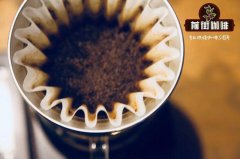
Malawi Agaro G1 Fine Coffee Bean Solarization Flavor Taste Introduction
Professional coffee knowledge exchange More coffee bean information Please pay attention to the coffee workshop (Weixin Official Accounts cafe_style) production area, planted in Chitipa, Rumphi, Nkhata Bay and Mzimba in northern Malawi; Ntchisi, Dedza and Ntche in central Malawi
Related
- Detailed explanation of Jadeite planting Land in Panamanian Jadeite Manor introduction to the grading system of Jadeite competitive bidding, Red bid, Green bid and Rose Summer
- Story of Coffee planting in Brenka region of Costa Rica Stonehenge Manor anaerobic heavy honey treatment of flavor mouth
- What's on the barrel of Blue Mountain Coffee beans?
- Can American coffee also pull flowers? How to use hot American style to pull out a good-looking pattern?
- Can you make a cold extract with coffee beans? What is the right proportion for cold-extracted coffee formula?
- Indonesian PWN Gold Mandrine Coffee Origin Features Flavor How to Chong? Mandolin coffee is American.
- A brief introduction to the flavor characteristics of Brazilian yellow bourbon coffee beans
- What is the effect of different water quality on the flavor of cold-extracted coffee? What kind of water is best for brewing coffee?
- Why do you think of Rose Summer whenever you mention Panamanian coffee?
- Introduction to the characteristics of authentic blue mountain coffee bean producing areas? What is the CIB Coffee Authority in Jamaica?

